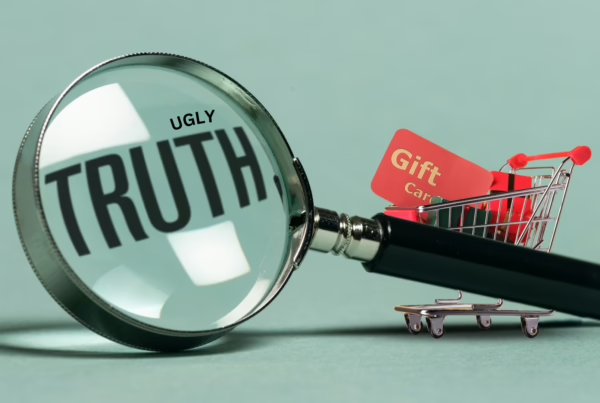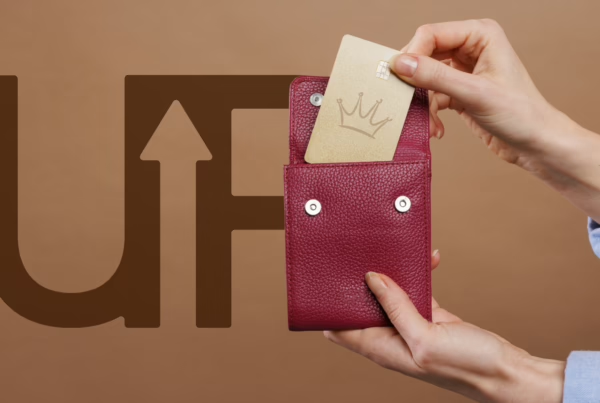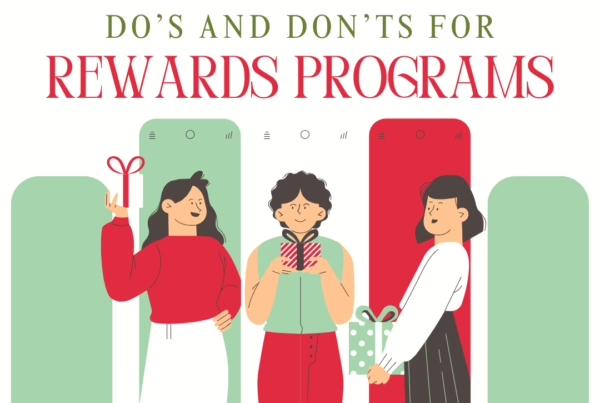
What is a referral program, and why are referrals important?
A referral-based marketing strategy uses word-of-mouth and client recommendations to earn new customers. Referral programs are based on trust between customers and with whom they interact, which is effective because of social proof. Knowing others had a positive brand experience gives you more confidence to try the products yourself. Offering referral rewards also motivates customers to interact with your company frequently.
But the best part about referrals is they compound over time—as more clients share your brand, your customer base grows exponentially.
- 92% of people trust recommendations from others more than any other type of marketing.
- Leads from referrals have a 30% higher conversion rate than leads from other marketing methods.
- Word of mouth is the primary factor behind 20-50% of all purchasing decisions.
How to get quality customer referrals
Referral incentives are a great way to influence and motivate positive behaviours that provide stable profitability for your business. However, referral marketing isn’t always easy. Recognizing the importance of a referral program is only the first step—creating and operating the program takes more work.
So, where do you start? Here are five ways to actively approach your referral strategy and start seeing new leads roll in.
1. Grab Customer Attention
One area that you may overlook when launching a referral campaign is customer awareness. It doesn’t matter how valuable your referral rewards are if your customers don’t know the program exists. Make your program stand out by planning a comprehensive promotion where your customers interact, such as email lists, social media, website banners, and invoice reminders.
2. Offer Meaningful Rewards at the Right Time
Another way to generate quality referrals is to offer rewards at strategic user touchpoints. After an enjoyable shopping experience, 83% of customers are willing to refer, so follow up with them when your brand is top of mind. Optimal times would be after customers purchase a product or have an issue resolved by your customer service team without friction.
The types of rewards in your referral program also matter because not all consumers appreciate the same incentives. That’s why prepaid cards are the most flexible way to motivate referrals while giving unlimited spending choices to cardholders. Prepaid rewards are easy to load or distribute, eliminate the challenge of finding incentives that all customers want, and avoid the added costs of traditional gifts.

Before asking for referrals, though, it’s best to develop customer relationships and prove your products hold undeniable value. For customers to refer their friends or loved ones, they must firmly believe in the quality of your products.
3. Make the Referral Process Easy
If participants are required to jump through too many hoops, you’ll probably experience program abandonment. Simplify the referral process with as few steps as possible, like sharing a link on social media, culling website pages they need to click through, and making the entire program virtual. Don’t forget to include a call to action on a post-purchase page or order confirmation email because customers are 16x more likely to share their buying experience when given direction.
Organized referral programs are also easier for your team to operate. When creating your campaign, look for rewards solutions that are web-based and include features to measure results. We may be biased, but Tru incentive cards allow you to track rewards, load cards virtually, and customize your program all from one platform.
4. Twice the Benefit, Twice the Reward
The best kinds of customer referral programs benefit both parties—the referrer and the referee. Many users aren’t interested in making a profit from their friends or family, so the referrer is far more likely to champion your brand when everyone benefits.
A double-sided incentive typically involves monetary rewards given to both parties, which increases the number of referrals and the conversion rate of referred visitors to buyers. The satisfaction of helping out a friend or family member will further strengthen the bond between your company and customer base. Examples of well-known companies with effective double-sided incentives include Airbnb, Uber or Uber Eats, and PayPal.
5. Show Gratitude
Your work doesn’t end once a referral is made. It’s good practice to nurture the business-to-referrer relationship by expressing thanks when a customer becomes a brand advocate. Sending a quick email or small reward to each referring customer will go a long way towards building brand loyalty by showing you care.
With these tips, you’re now ready to rethink your customer referral program and drive more ROI. Get out there and start referring!
Contact us to get more from your referral program.




 Nikko Pangilinan
Nikko Pangilinan Ray Forzley
Ray Forzley Diana Marie
Diana Marie Lisette Anciaes
Lisette Anciaes Junius Cheng
Junius Cheng  Aysha Shahid
Aysha Shahid Chris Michaelis
Chris Michaelis Mira Tzur
Mira Tzur Jamie Rust
Jamie Rust Dianne Dickens
Dianne Dickens Roy Murad
Roy Murad Huguette Masse
Huguette Masse Lauren Weekes
Lauren Weekes